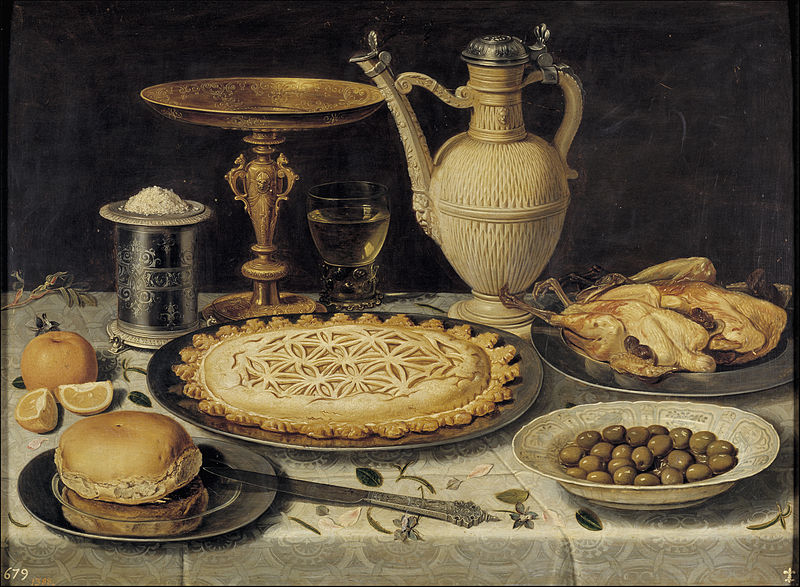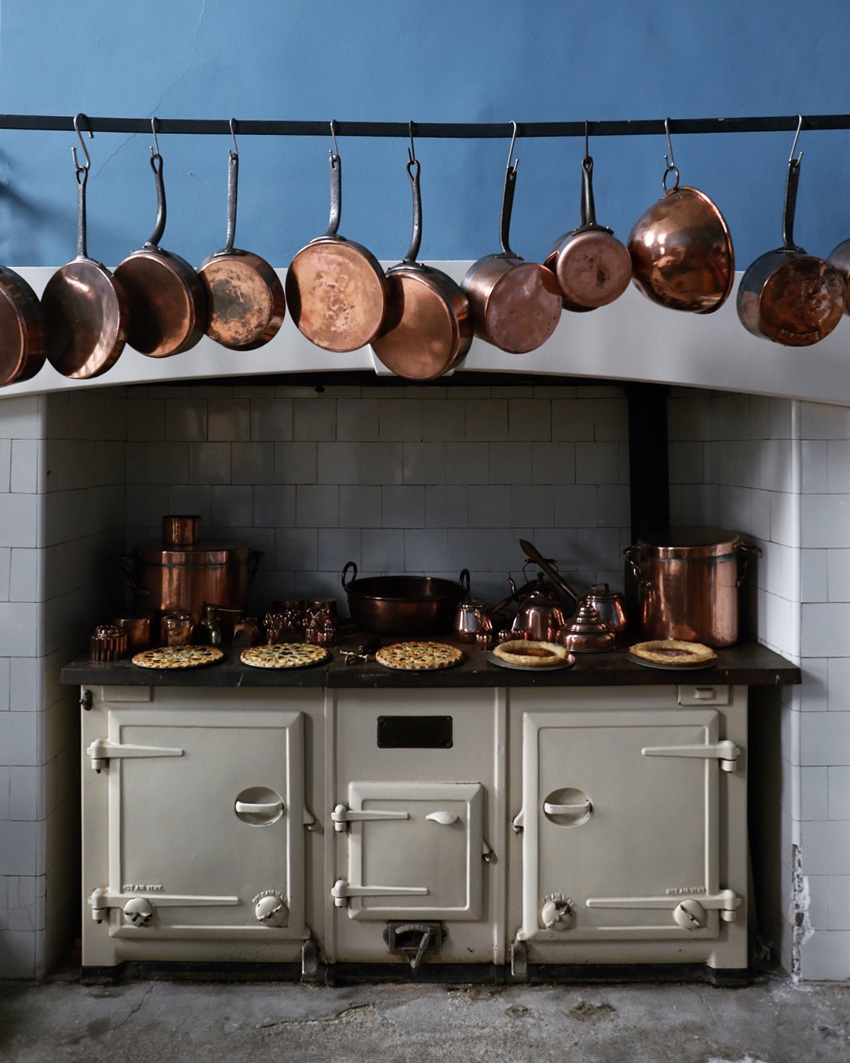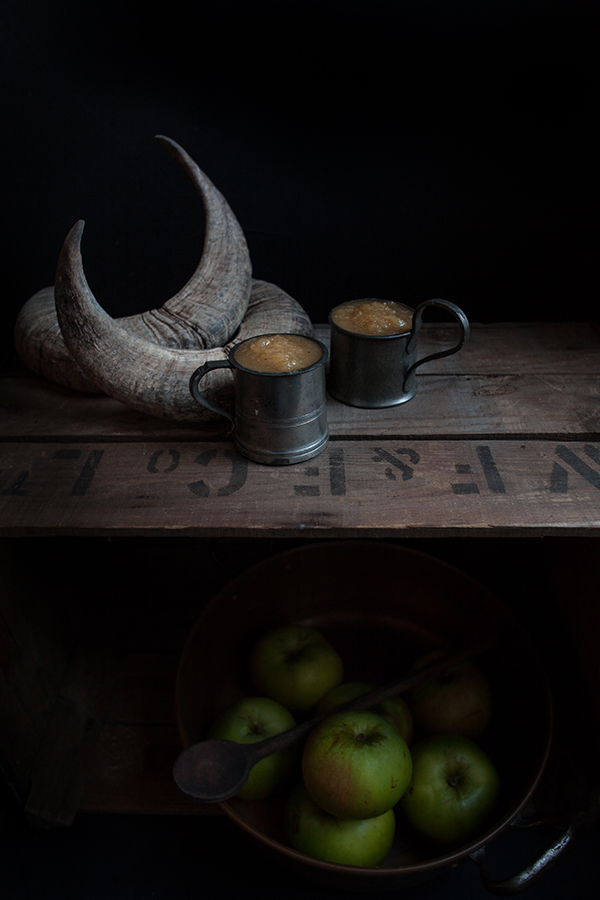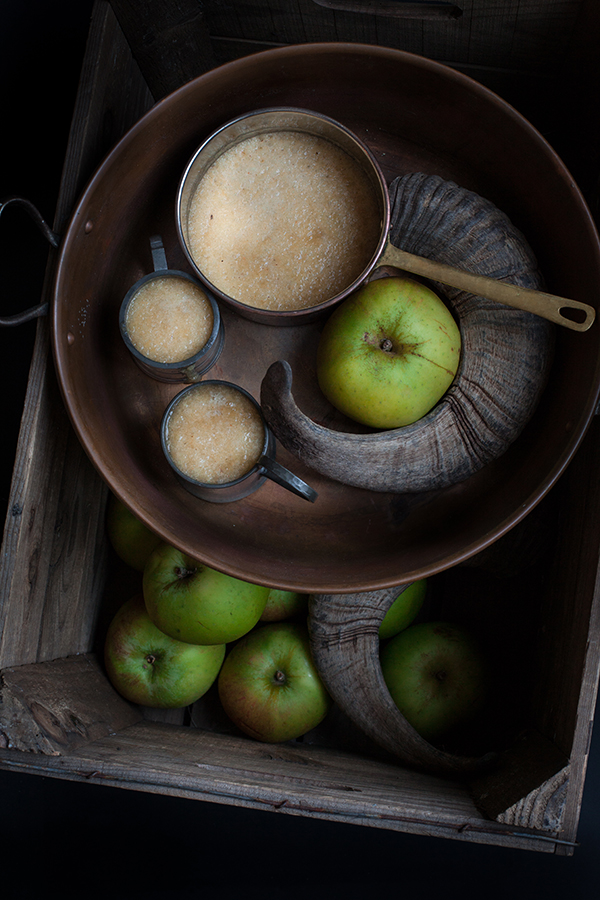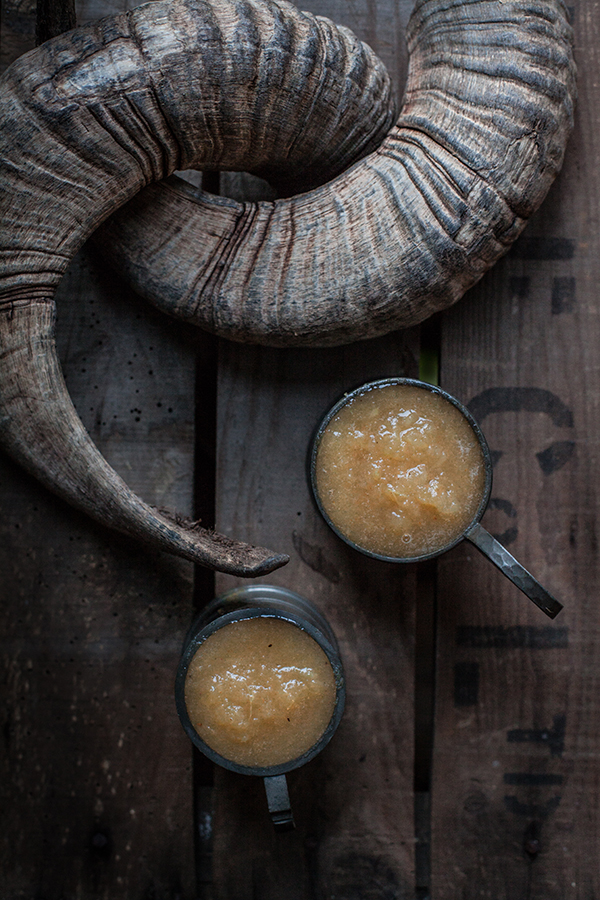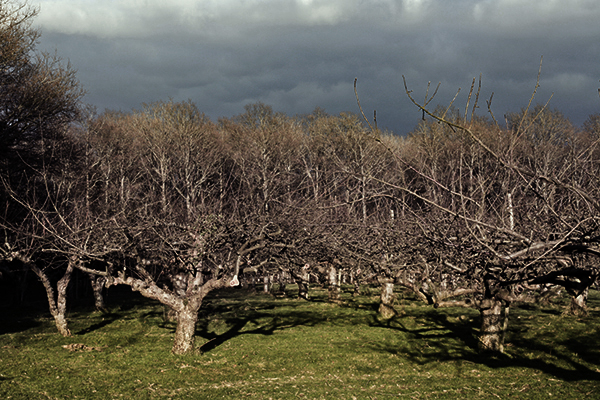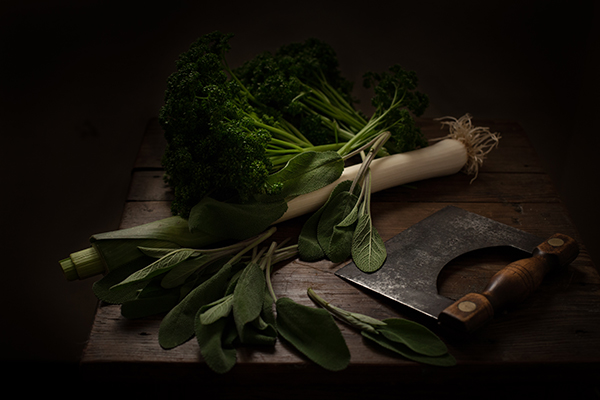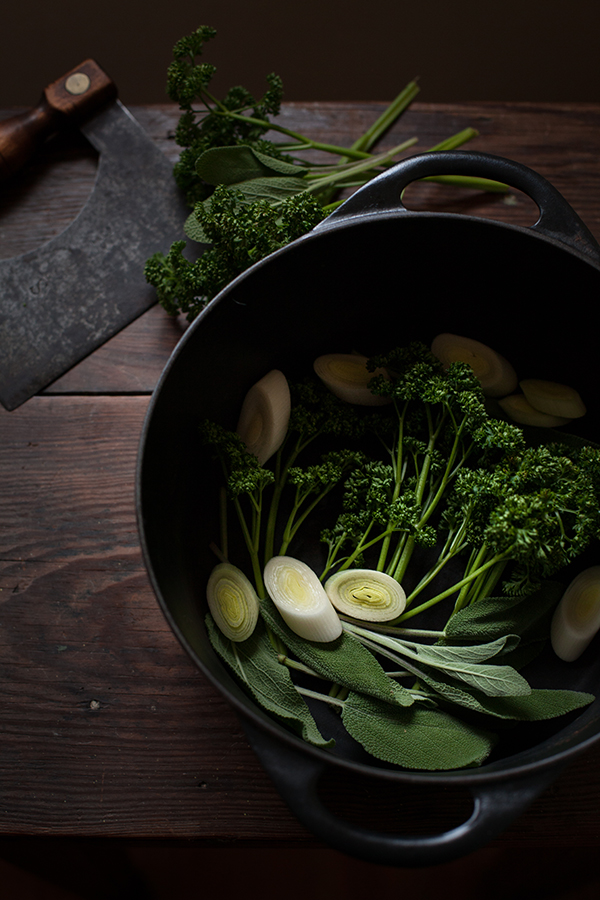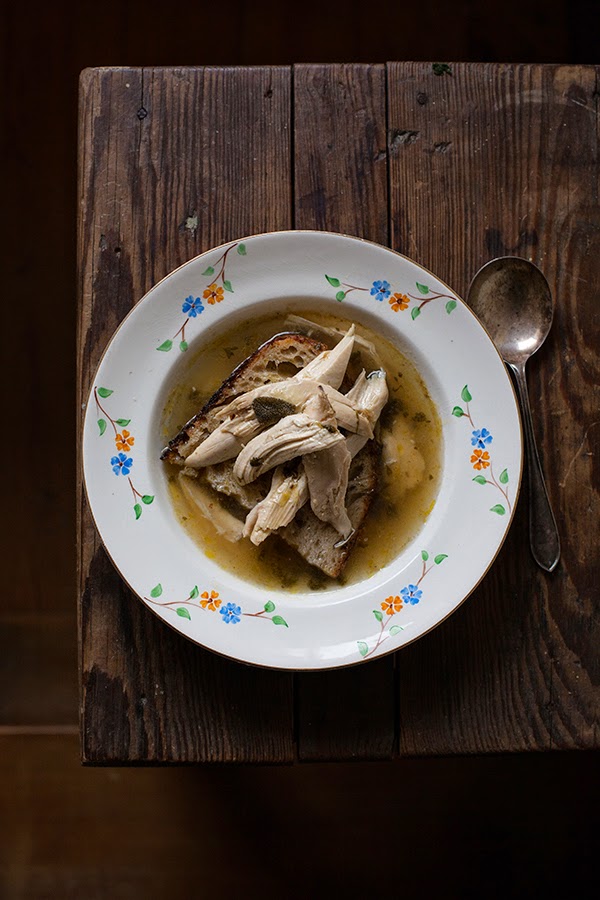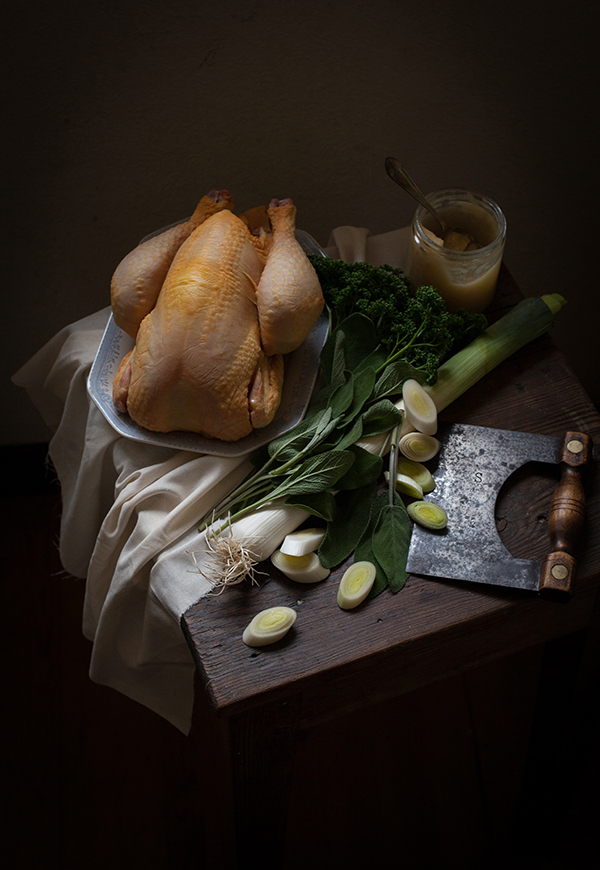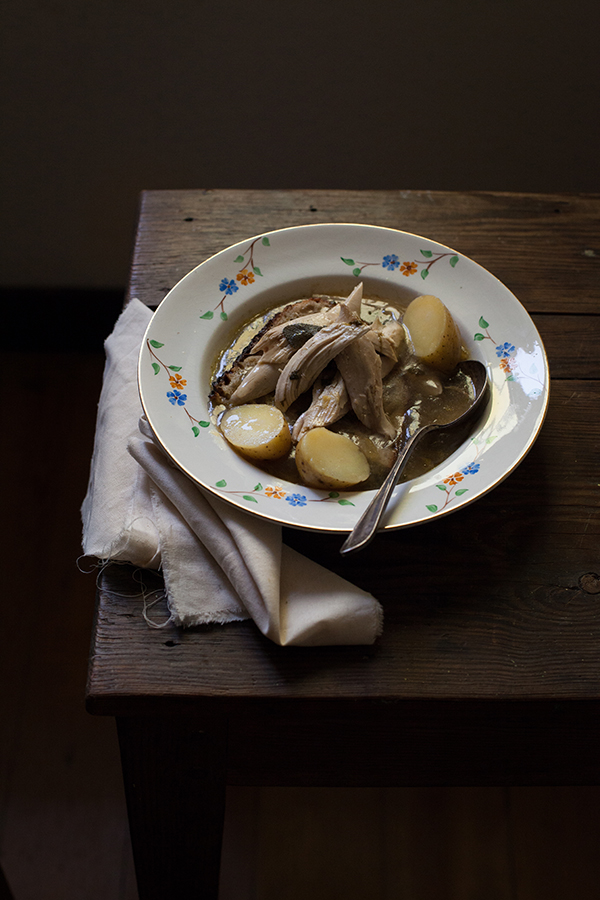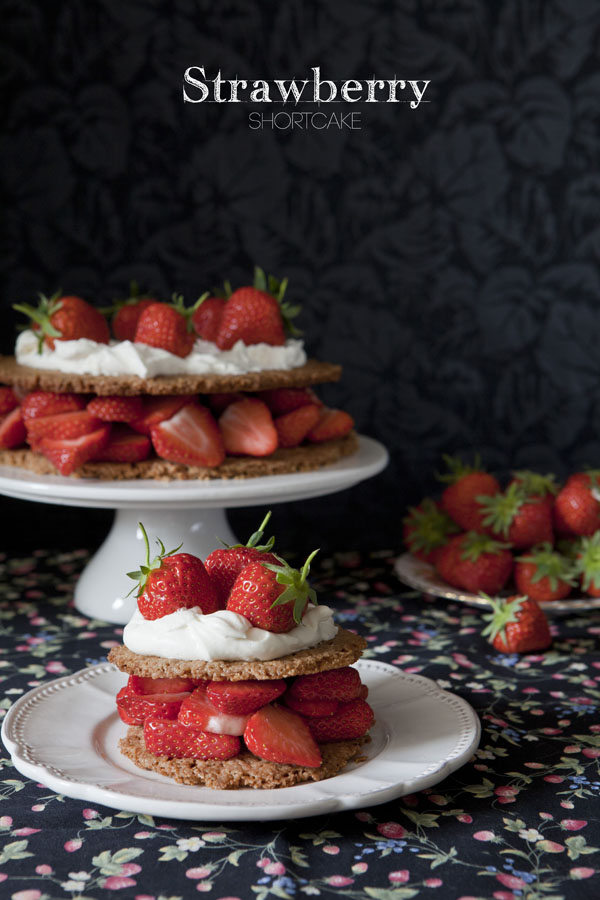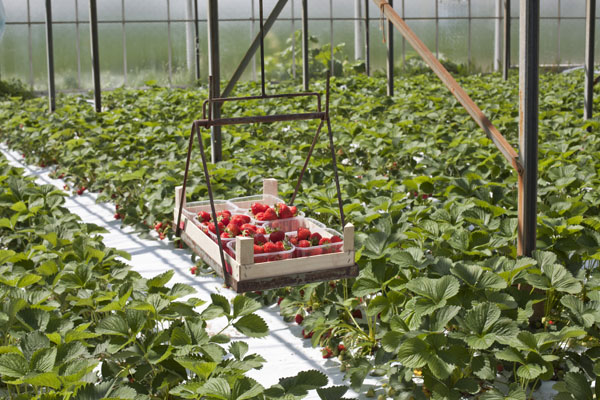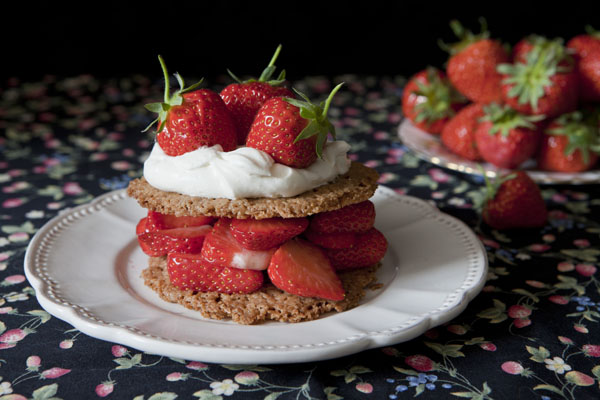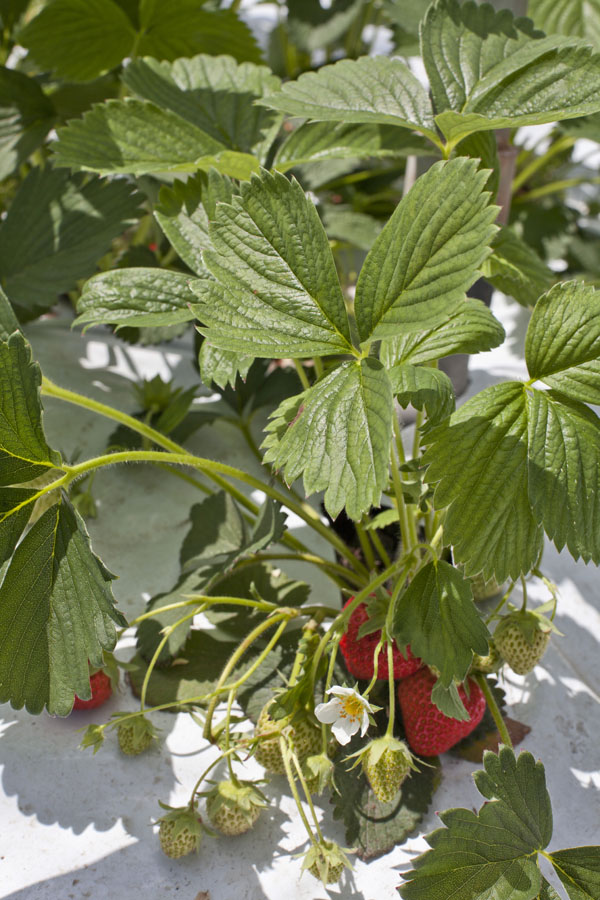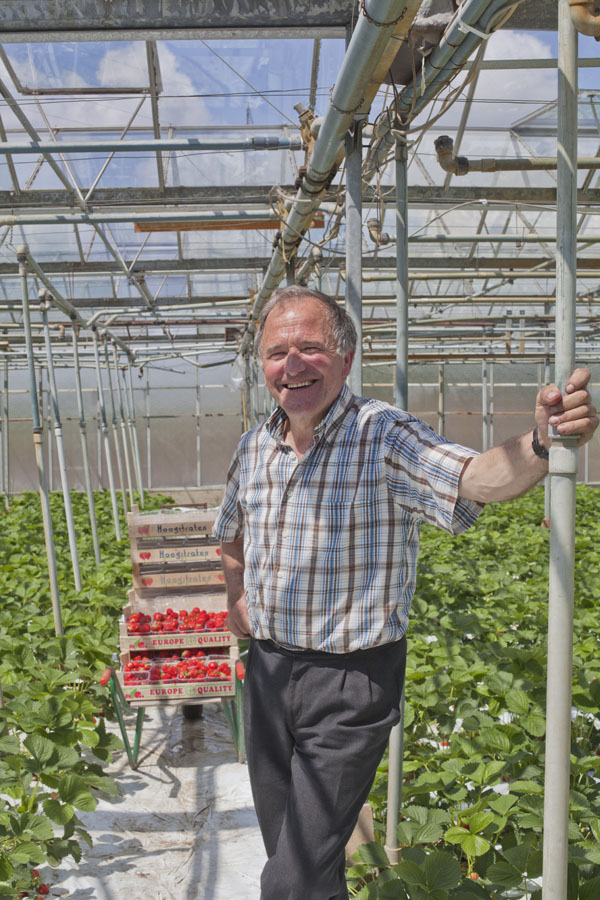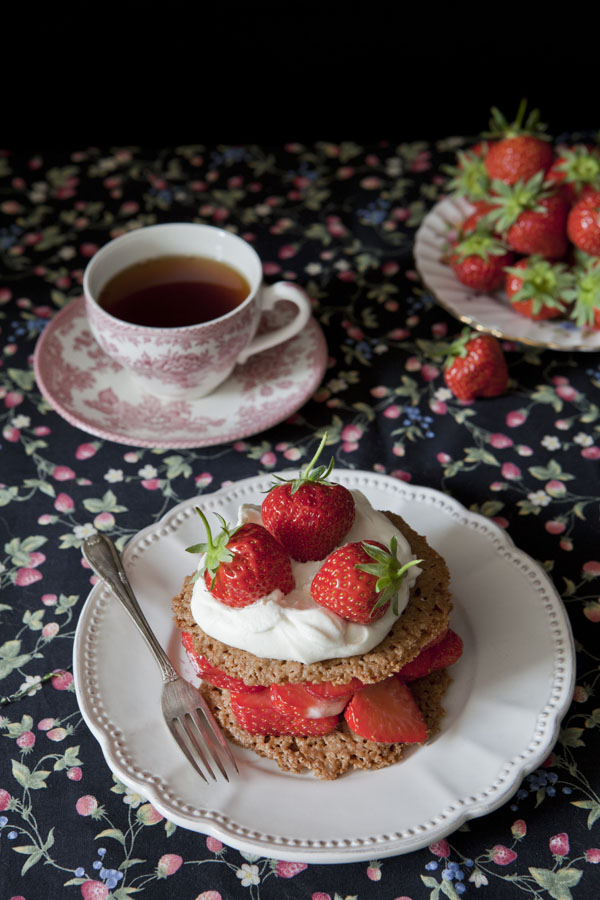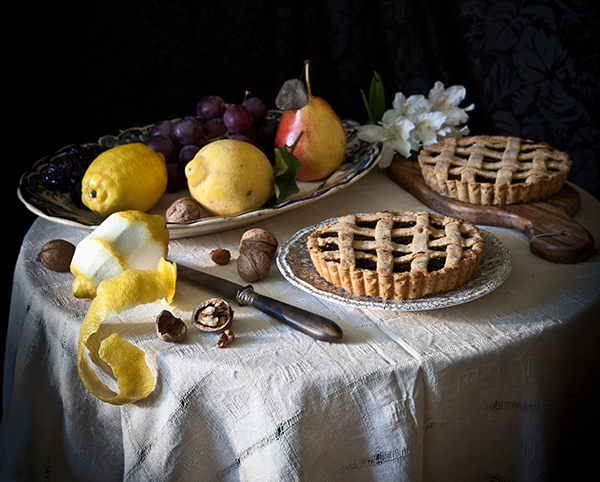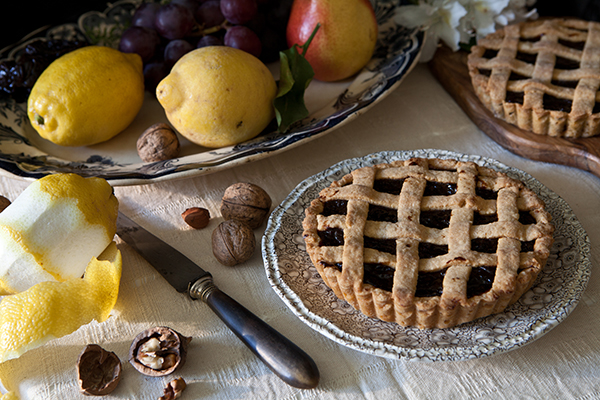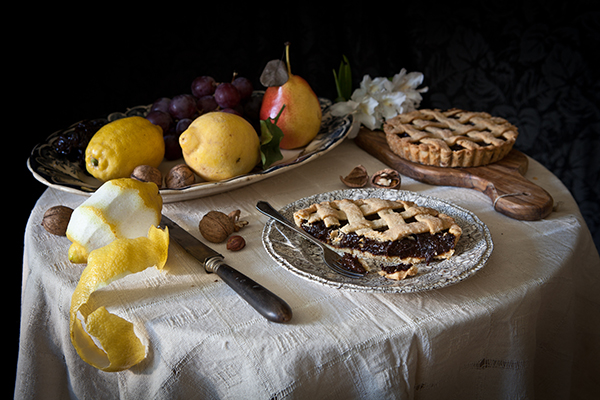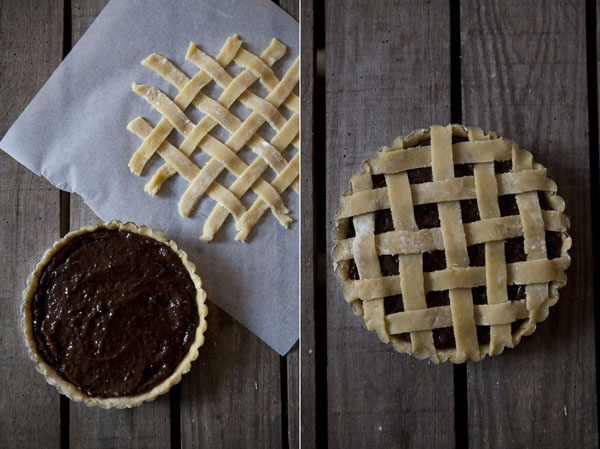New date for this workshop:
Friday 28 july 2017 – 14h – in the Historical Kitchen of Port Eliot House, St-Germans, Cornwall UK.
Learn about these intricately decorated tarts and their meaning, see how they were made using the original tools.
Growing up in Flanders, Belgium, it feels as if still life paintings have always been a big part of my life. My entire childhood I’ve sat at the dinner table at my parents house, gazing at a dark still life painting with a pumpkin which hung on the wall on the other side of the room. Nothing makes sense in the image, why has the pumpkin such a prominent place on this formal dining table, and why is it on a formal table with china cups in the first place. A pumpkin like this would be more at home in a kitchen scene, on a bare wooden table, ready to be cut, its pips taken out, and the flesh diced for soup or stew.
Mysteries like these in food paintings have always intrigued me. One of my first books was a shabby old artbook with renaissance still life paintings by the Dutch and Flemish masters. All the food in the paintings had such carefully thought out symbolism. Bread indicates humility and catholic faith, a peach means truth and oysters mean lust. A glass of wine with little liquid in it symbolises the fragile nature of life but also wealth. In combination certain fruits and foods can tell a story. A paining with peaches and a butterfly mean hope and faith. Oysters or oyster shells in the vicinity of a woman in a painting means that the woman is promiscuous. If a bun of bread is near, it means she has lost her humility and has given in to the desires of the flesh. Heavy stuff no? An abundance of fish symbolises the catholic faith, but a cat near the fish means doubt, the painting could mean a warning not to take everything for granted when it comes to faith (big lessons to learn here)….

